|
By Manuel Players: 1 Platforms: Nintendo Switch, XBox, PlayStation 4, PlayStation 5, PC Developed by Pathea Games (My Time at Portia, My Time at Sandrock), and published by PM Studios, Let's School is a school management game that recently released onto consoles following an earlier release on Steam. Unlike the Pathea's other famous titles, which fall into the cozy life sim genre, Let's School puts you in charge of running a struggling academy, and seeing to the education of dozens of students. Players are able to take on this challenging task on all major platforms, though we're going to be taking a look at the Nintendo Switch version today. There's a lot to study up on here, so let's dive right in! Let's School places you into the role of the Headmaster at a newly re-opened school. You were once a student at this formerly prestigious institution, and now you're returning to your old alma mater to teach a whole new generation the academic basics. The main campaign does feature a bit of story elements scattered about its runtimes, as well as a helpful main assistant in the form of Ms. Lin, but there really isn't much more in the way of story beyond that simple premise. You arrive at a very rundown school, and it's your job to turn it around. You have a set amount of money to start with, and the only way to get more money is to enroll students. Even though teaching and maintaining the academy are important tasks that always require your attention, your actual main goal in Let's School is to get as many of your students to pass their end-of-semester exams as possible. This gains the school reputation, and allows you to draw from a better pool of candidates the following semester. More affluent students pay more tuition, and more students mean that said tuition multiplies exponentially. Academic life eventually falls to the wayside as business takes over, and this is what the gameplay loop really consists of. I sort of jumped the gun here as far as the review goes, but I think it's best to get any misconceptions about what kind of game Let's School is out of the way early on. This isn't Two Point Campus, where the school itself is the main focus of gameplay, this is more of a numbers game where factory-like precision eventually makes your school operate in a similar fashion to a well-oiled machine. Though this does remove some of the charm and personality a game like this could have, it isn't without its merits. I think I'm dwelling a bit too much on this here though, so let's move on to gameplay for a bit. Discussing gameplay in a game like Let's School is a bit difficult, as one can easily fall into explaining far more than is necessary. I'm going to do my best in explaining the general gameplay loop without going too deep into the weeds as far as details go, so wish me luck. Building your school is probably the most important aspect early on in any run, and it's the task that's probably the hardest to explain. Classrooms, facilities, outdoor spaces, and so on are all needed in order for the school to run efficiently, and many of the advanced additions have to be researched within the skill tree before they become available. This is explained in the main campaign's tutorial, though it's never really pointed out that you're able to ignore most of the suggestions if you so desire. Limited though your options may be, you can do quite a bit in the beginning of the game. Building additional buildings is a necessity, as you'll quickly realize that class space is key to a successful school. It's not just buildings though, as you'll also need to provide lighting, decorations, leisure activities, food, and hygiene areas and items too. Building new spaces requires hitting all the minimum requirements, though you're able to be as lavish or random as you want beyond that. It's actually recommended that you experiment as to what works best, though not all the extra bits are beneficial. It's all a delicate balancing act, and one that requires a lot of money to get right. Students are the name of the game in Let's School, and they come in different varieties. Each potential student starts as an application sent to the recruitment facility, and these applications conveniently also contain all the stats that show their potential academically. More affluent students have lower academic skills, but give you more tuition, and vice versa. These starting stats are important, but you'll be able to change most of them through gameplay, for better or worse. Accepted students are then placed into classes, each with a max capacity of six, and players have the ability to create as many classes as they have space and teachers for. Moving on, teachers and other staff are hired in a way that's similar to recruiting students. The biggest difference being that you have to pay them a salary instead of them giving you tuition, though that's rather obvious I would hope. These new hires have stats too, as well as their own specialties that are relevant to their job. Raising a teacher's stats is done a bit differently than raising a student's. Students' stats go up by learning, but a teacher's go up from what I can only assume is taking extra classes outside of work. I say that seems to be the case as their stat gains require time and money to complete. Raising their skills is important though, especially if you want to keep those exam scores up. You'll want to have a roster of teachers across all academic fields, and you'll also want to have additional staff to conduct research, patrol the school, and provide for all your school's dietary needs. Also, students and staff are randomly generated, but you're able to change their names as you see fit. It's a small touch of personalization, but I'll take what I can get. I already mentioned that passing the exams is the most important aspect of the game, and this is where the school management side of things comes into play. First of all, a happy student is a good student, so you'll have to constantly be on top of seeing that their needs are met. If it's too hot, you'll have to fix that, if they want more food options, make it happen, and so on. Don't worry about wondering what your students and staff need, as they will be sure to tell you. Next you'll have to schedule their classes, and this is where things get a bit complicated. Even though you can simply recruit extra teachers to ensure that you can meet all the current academic needs, it's best to work out a shifting schedule so that your teachers can teach their subjects to multiple classes in one day. This makes for some great min/maxing, and it's one of the more fun aspects of the game. Players are given constant feedback regarding how likely their current batch of students are in passing their exams, and you can shuffle teachers accordingly to cover any holes as they may occur. This is where stats come into play, as some students are better learning some subjects than others, and some teachers are better than other teachers in your employ as far as teaching a particular subject goes. Things never go into full on micro-management territory, but there is a lot keep track of when your school starts to grow. As long as you're always aware of how your school's academic progress is going, your students will pass and the money will keep rolling in. That might be a very capitalist view of education, but it's not one that's wholly unrealistic when you think about it. While I don't think Let's School is quite the school simulator that it purports to be, I did have a lot of fun with it nonetheless. Getting everything down to a science, and earning lots of money along the way, was something I didn't realize I'd enjoy as much as I did until it started happening. There's a lot of fun in building and maintaining a wacky school of your own design, and even taking the gloves off completely by going into the Sandbox Mode. The latter has just endless replayability, and I think the only true faults I have with the game have to do with the platform it’s on. Obviously this review is meant to cover the console release, but I spent most of my time with the game wondering how much better it would be if I was playing it on PC. It was more than serviceable as it was of course, and there's the added bonus of taking the game with you on the go if you're playing on the Nintendo Switch, but I couldn't help but wonder if the grass was indeed greener on the other side. I mentioned at the top of the review that there isn't much in the way of story beyond what one creates themselves, and that is another hard to explain aspect of Let's School. Renaming students and staff, and giving them their own little stories that matter to no one but the player, is something that eases the monotony of simply passing the next exam. There's an endless amount of entertainment here, players might have to work a bit more to get to it though. Even though I think it's weird to bash a simulation game for its controls, just about every issue I had with Let's School seemed to stem from them. Porting a game that previously made heavy use of a keyboard and mouse to a console controller is a task I hope that I never have to attempt, but I think I could've done a much better job than what we get here. Before anyone gets on my case about it, let me point out that most windows have a button prompt next to tem showing you what to press in order to jump to it. You'd think this would make moving to the many boxes on screen easy, but the button choices seem to be the very definition of random. Then there's the fact that the struggle doesn't end once you get into that menu, as their will be yet more button prompts to move to the next, and other controls to back out, select options, etc. Nearly every button on the controller is used at all times, and I can't stress enough as to how clunky it all is. I know that having an on-screen cursor that is directed by the analog stick isn't the most ideal solution, but it would've save players so many headaches. Trying to go from one menu to the next never felt intuitive, and more than once I found that I had deleted an entire room because I pressed the wrong button or selected the wrong menu. Even a simple task like moving an item around requires several button presses to get going, then a totally different set of controls to place it elsewhere. Most players will find that they eventually get used to the controls, weird as they may be, but that in no way excuses the double learning curve that goes into the start of the game because of them. I have all sorts of mixed feelings when it comes to Let's School presentation, as it's somehow manages to be both charming and boring at the same time. The graphics have that low-poly PS2 look that is rather trendy at the moment, and I'm totally here for that. I can however understand that not everyone might enjoy the dated look, but I definitely dig this style over the cartoon-y style of something like Two Point Campus. Also, since I played the game on the Nintendo Switch, I think I should discuss how it runs on that rather dated platform. Other than the fact that it had extreme load times, it ran without a hitch. There weren't any bugs worth noting, and the game didn't crash once. That's not exactly a glowing review of the Switch version, but sometimes that's all you can give. Sound-wise things fare a little better overall, but this is probably where the boring part of the game starts to become more obvious. Even though I felt that most of the character designs to be the very definition of basic, I found them cute enough that they grew on me after a while. Similarly, the music in Let's School is generic enough that it wouldn't be out of place in an office building's elevator, but it also never got particularly annoying or repetitive. Considering that you're going to be hearing some of these tracks for hours on end, that's a good thing. There also isn't much in the way of voice acting, and this was unfortunate as I would've definitely appreciated either vocal quips, or even something resembling Simlish to give the game a livelier feel. I guess that might be asking for a bit much, but Let's School seems to repeatedly fall just short of greatness. Let's School's main campaign does have something of an end, this is the kind of game that one can play pretty much forever. I actually had the problem of wondering where to cut off gameplay before writing the review, and that's not a bad place to be when working on a review. There are dozens of hours of content even if you're simply trying to see everything the game has to offer, and hardcore simulation fans will likely sink even more hours into this one. There are multiple difficulties to try out, lots of gameplay customization options to mess with, and the fully featured Sandbox Mode I mentioned before. Players can enjoy Let's School all summer and still find something different in their latest run. I'll definitely be playing it long after this review is done, and I might even satisfy my curiosity regarding that PC version one day. All of this is great on its own, but it's amplified all the further once you learn that all this comes with a very reasonable price tag of $19.99. The developers clearly found the perfect balance of game versus value, and that's not something I say very often. My slight misgivings about the console versions aside, I fully recommend picking up Let's School. It's a great game for fans of the simulation genre, especially those that prefer more business-centric activities in their games, and it's casual-friendly enough that even beginners can jump in easily. It doesn't get the highest of marks when compared to similar games, but it still passes with flying colors. Grab it on whatever platform you can, and thank me later! Now if you'll excuse me, I have a class to teach. See you in the next one! Check Out Let's School on Nintendo Switch: https://www.nintendo.com/us/store/products/lets-school-switch/ Story: N/A Gameplay: B+ Graphics: B Music/Sound: B Value: A Overall: B+ Pros: + A fun school simulation game that goes heavy into the business side of things. + Lots of customization options, and a robust Sandbox Mode, make this an infinitely replayable game. + There's a lot of fun in creating your own stories and characters, especially since the main campaign is very open ended. + Though a bit dated, the graphics are charming in their own low-poly way. + It's easy to get lost in the gameplay, and designing your school from scratch is a joy hard to put into words. + At just $19.99, you get a lot of content for a low price. + Ms. Lin is just great! Cons: - The controls in the console version are very clunky and don't feel at all intuitive. - Feels far less of a school management sim, and more of a business sim where you just happen to be running a school. - The presentation can be a bit on the boring side. - Though there are a few story bits to be found here and there, it would've been nice if the main campaign had a strong narrative to it. A copy of this game was provided to us free-of-charge by the publisher for the purpose of this review. This did not affect our review in any way.
0 Comments
Leave a Reply. |
Search
Contributors◆ Angie
◆ Emily ◆ J.D. ◆ Janette ◆ JT ◆ Manuel ◆ Nestor ◆ Rose ◆ Sylvia ◆ Teepu ◆ Tiffany ◆ Winfield Archives
July 2025
|
© 2014-2025 A-to-J Connections. All Rights Reserved.


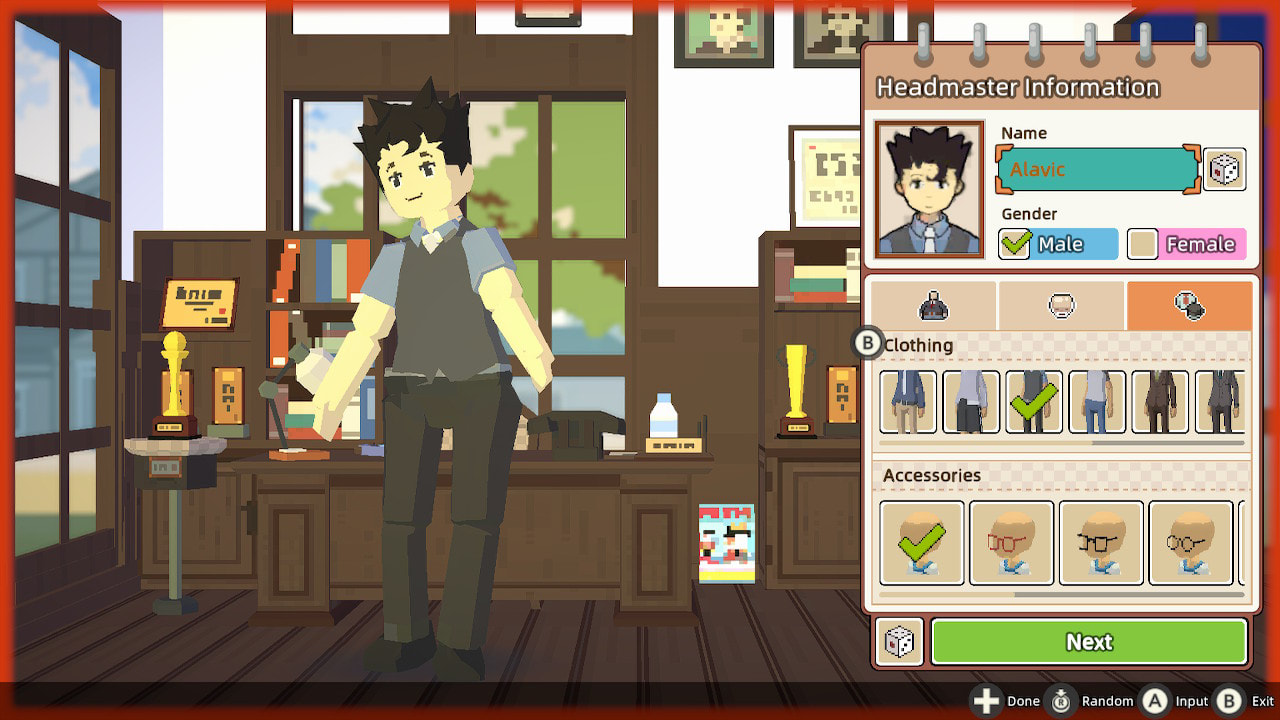


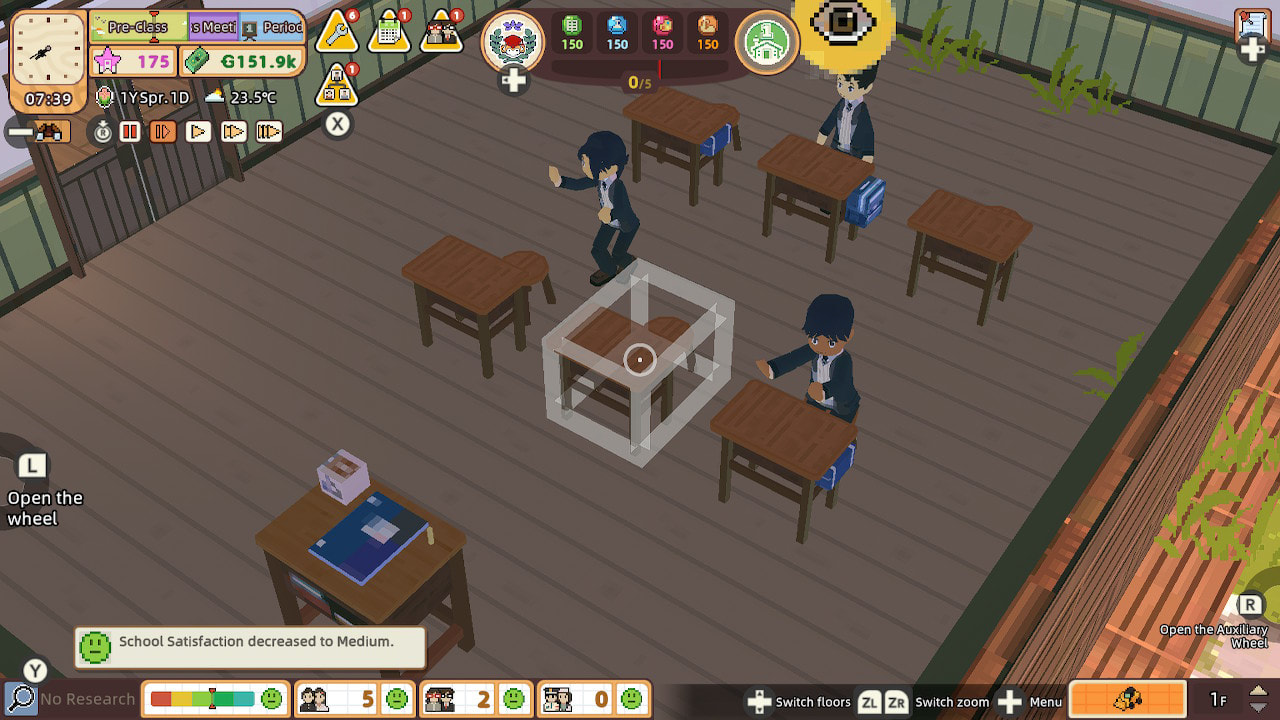
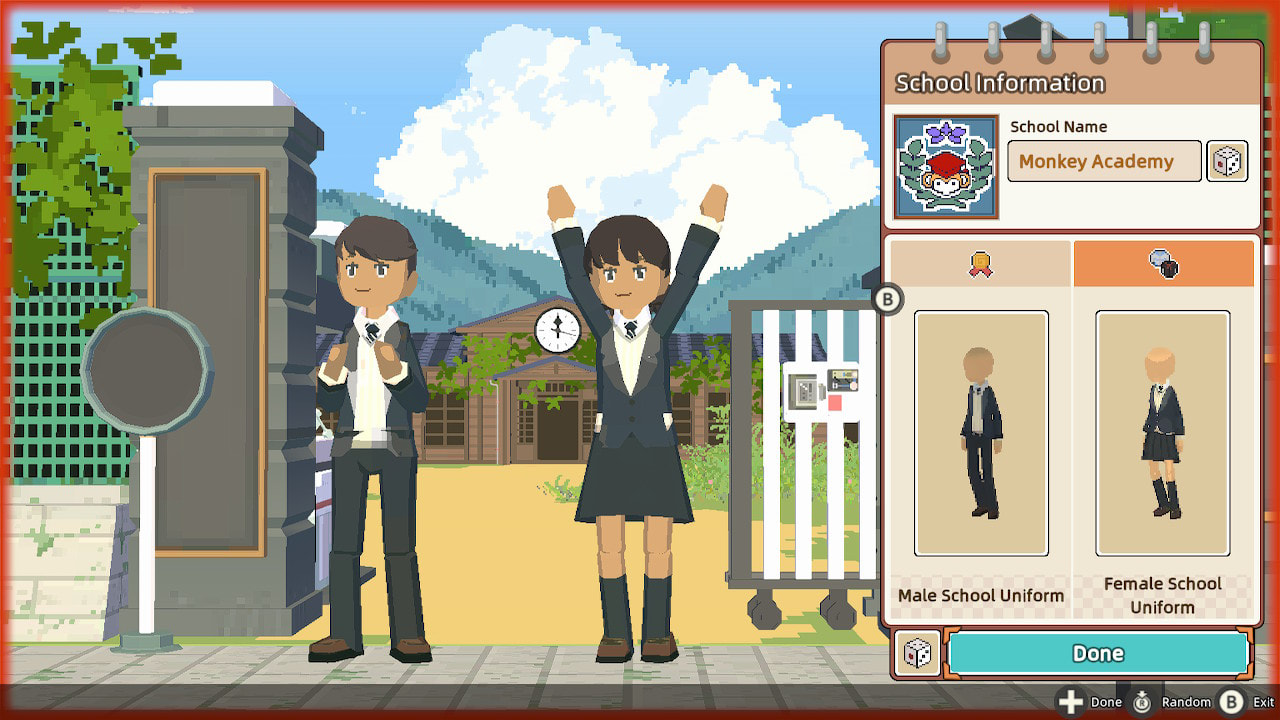

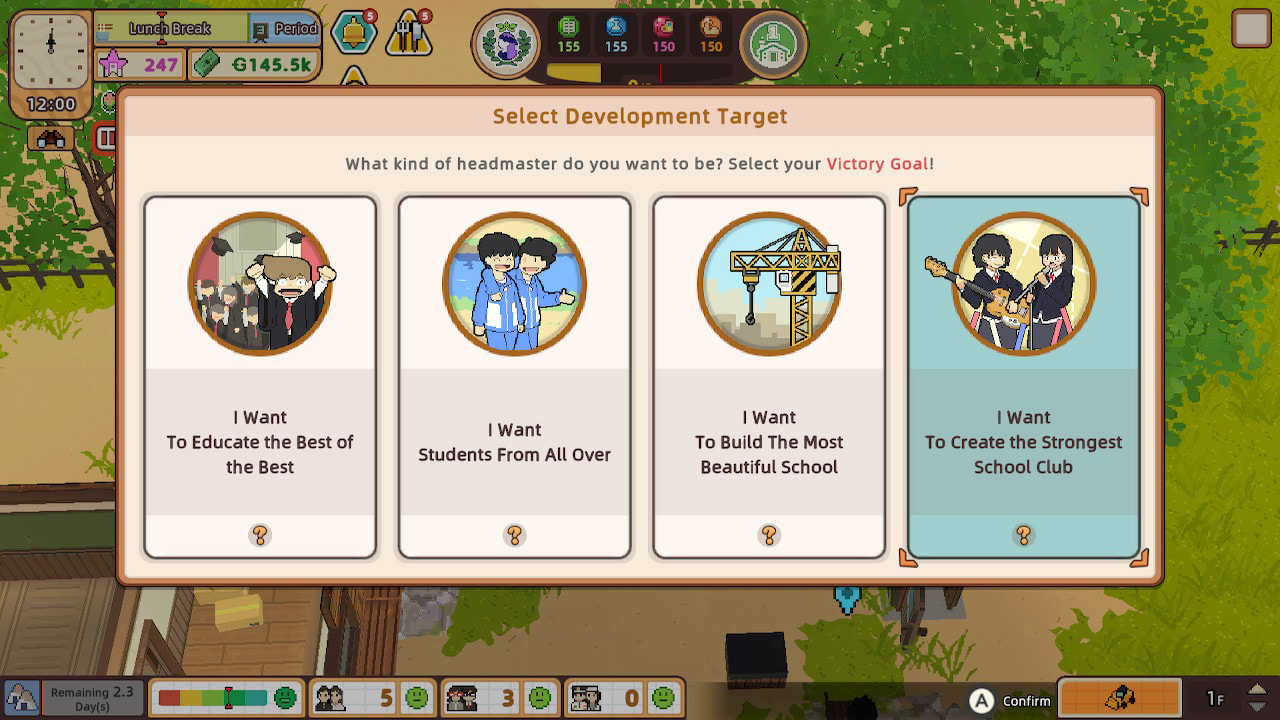
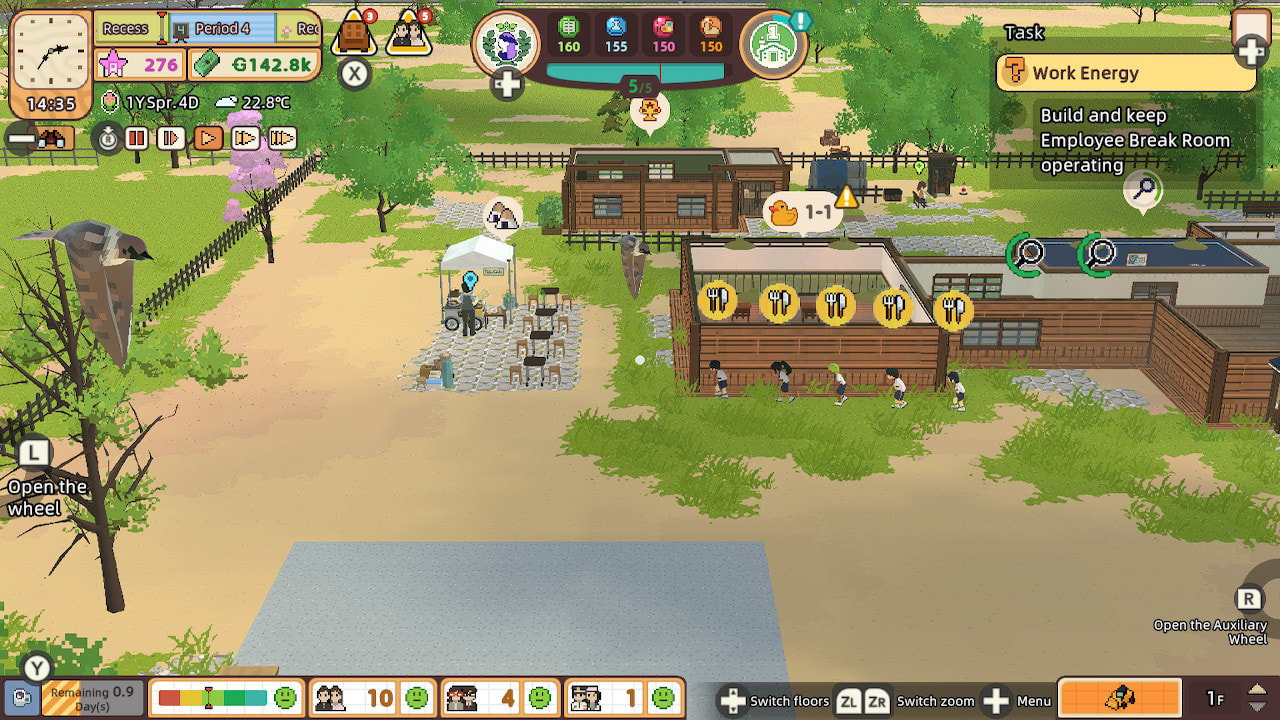
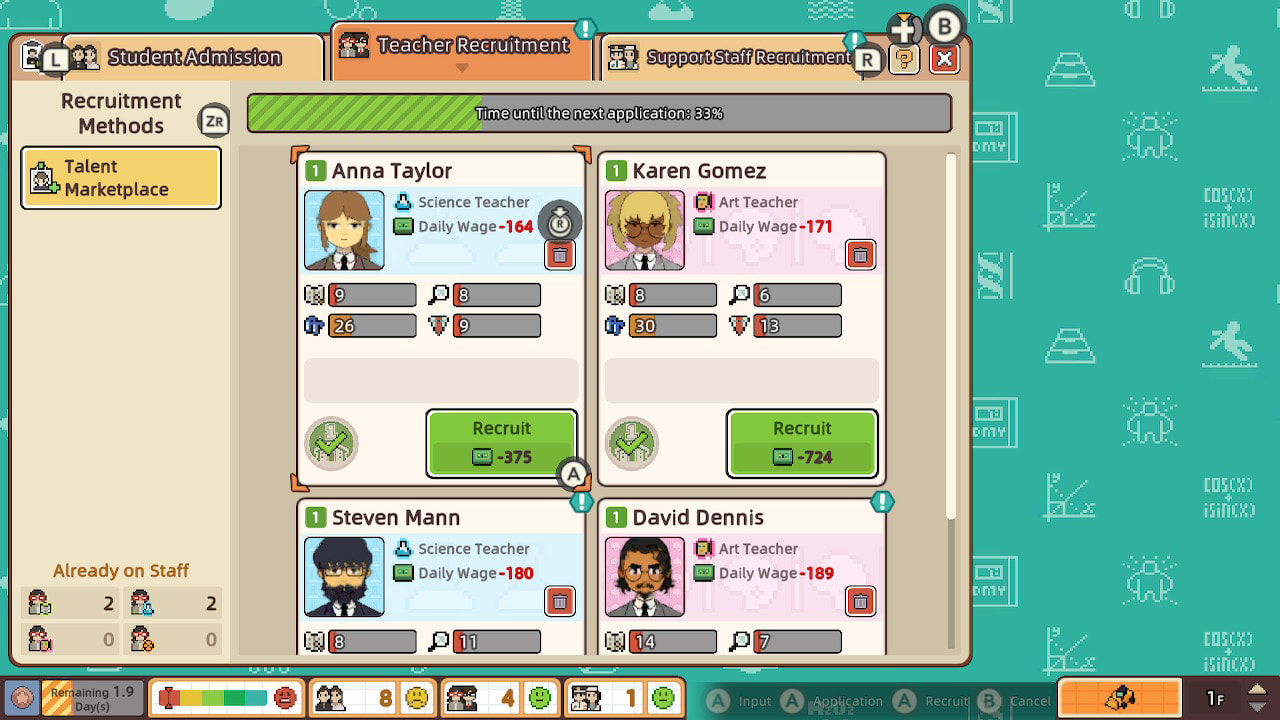
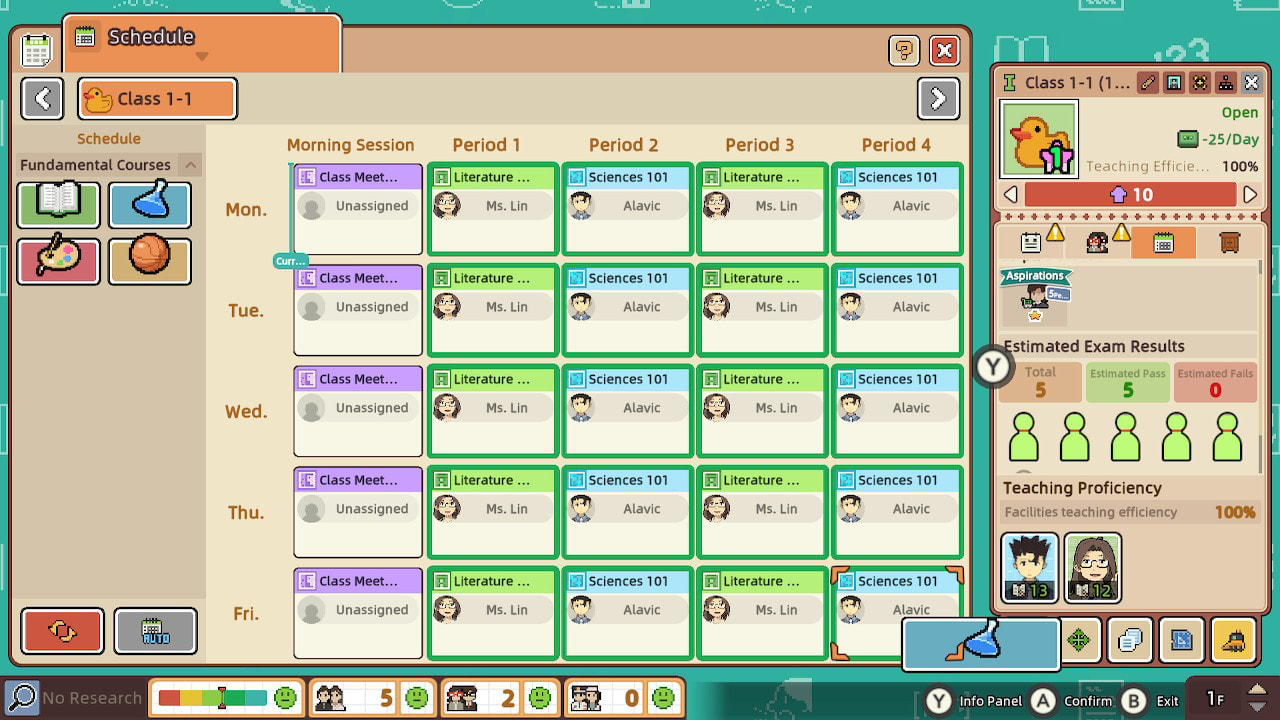
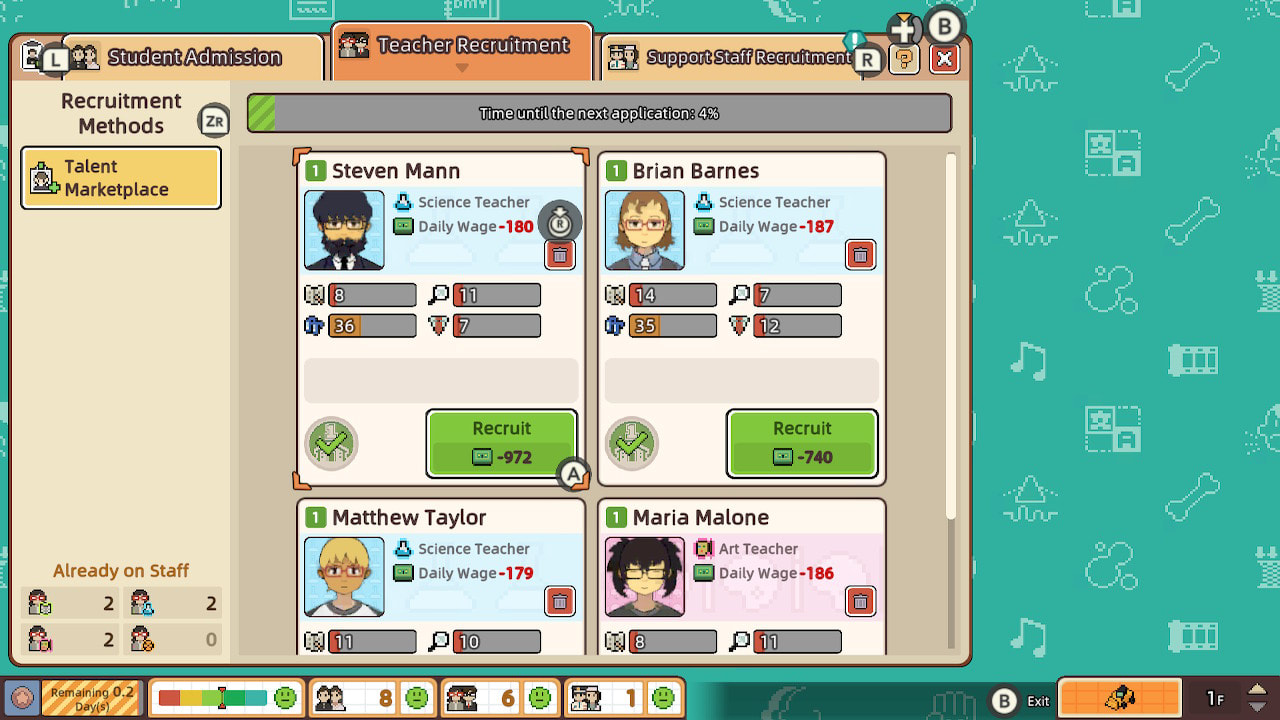
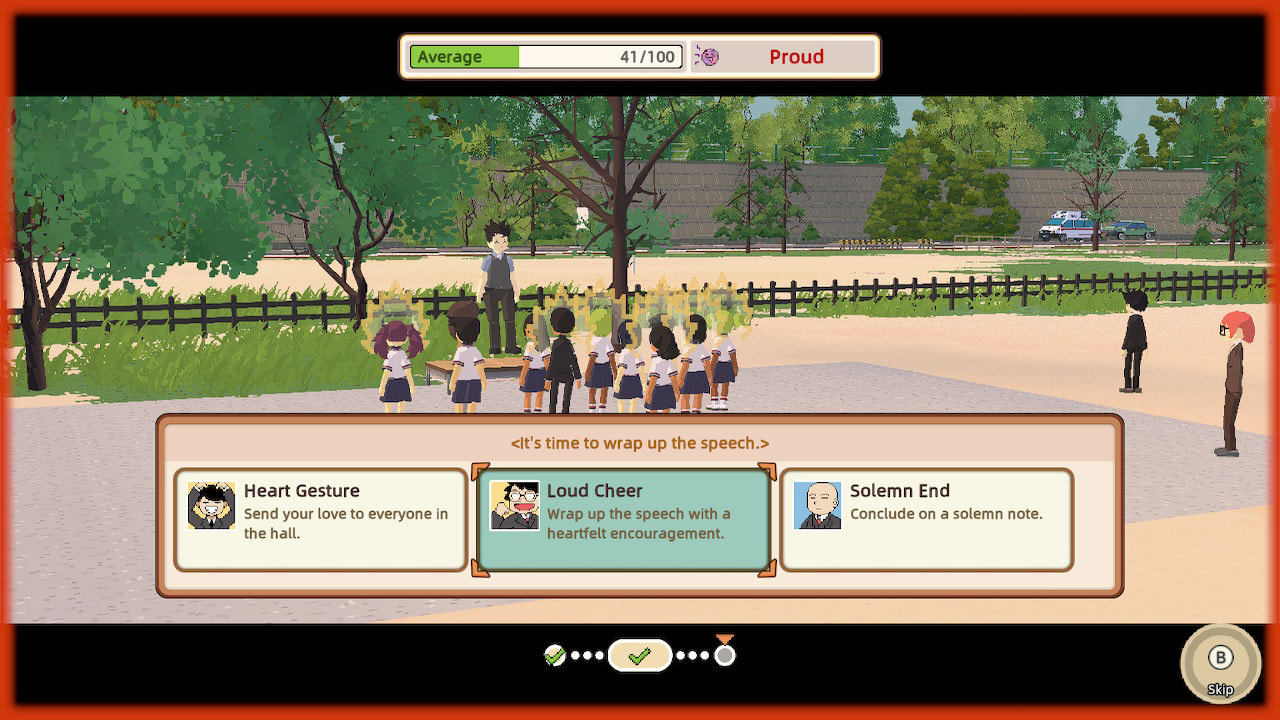
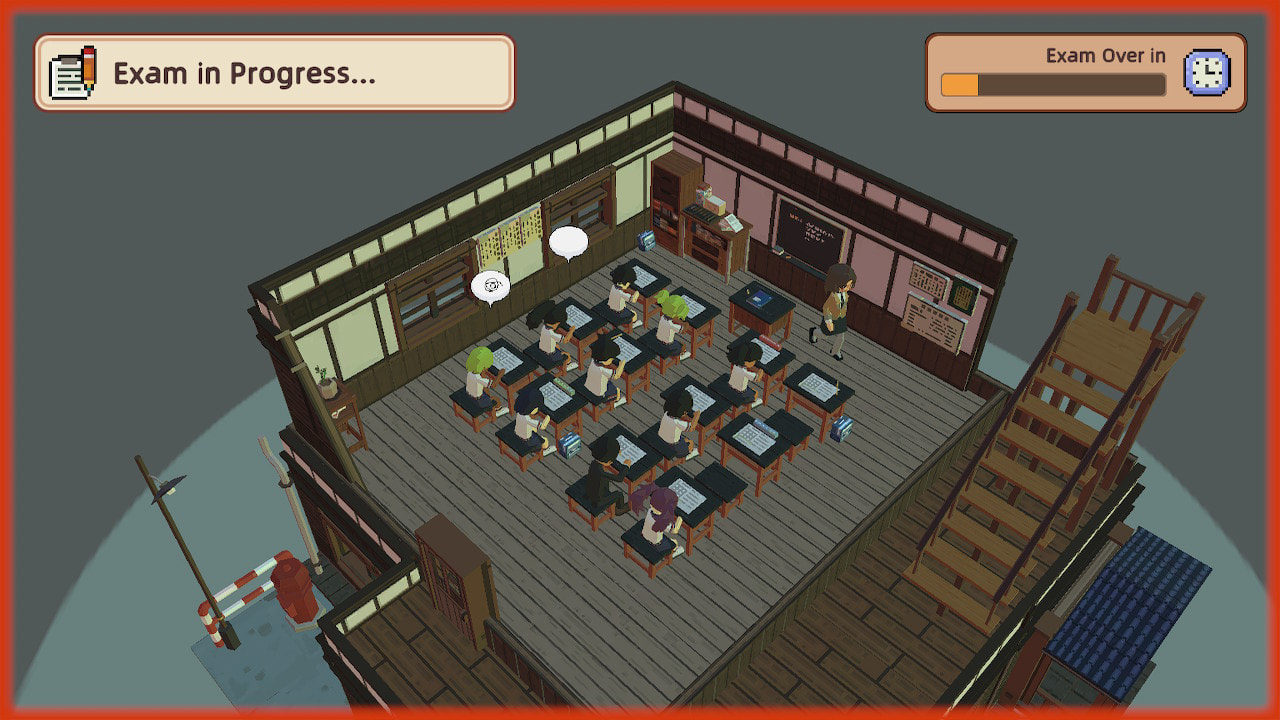
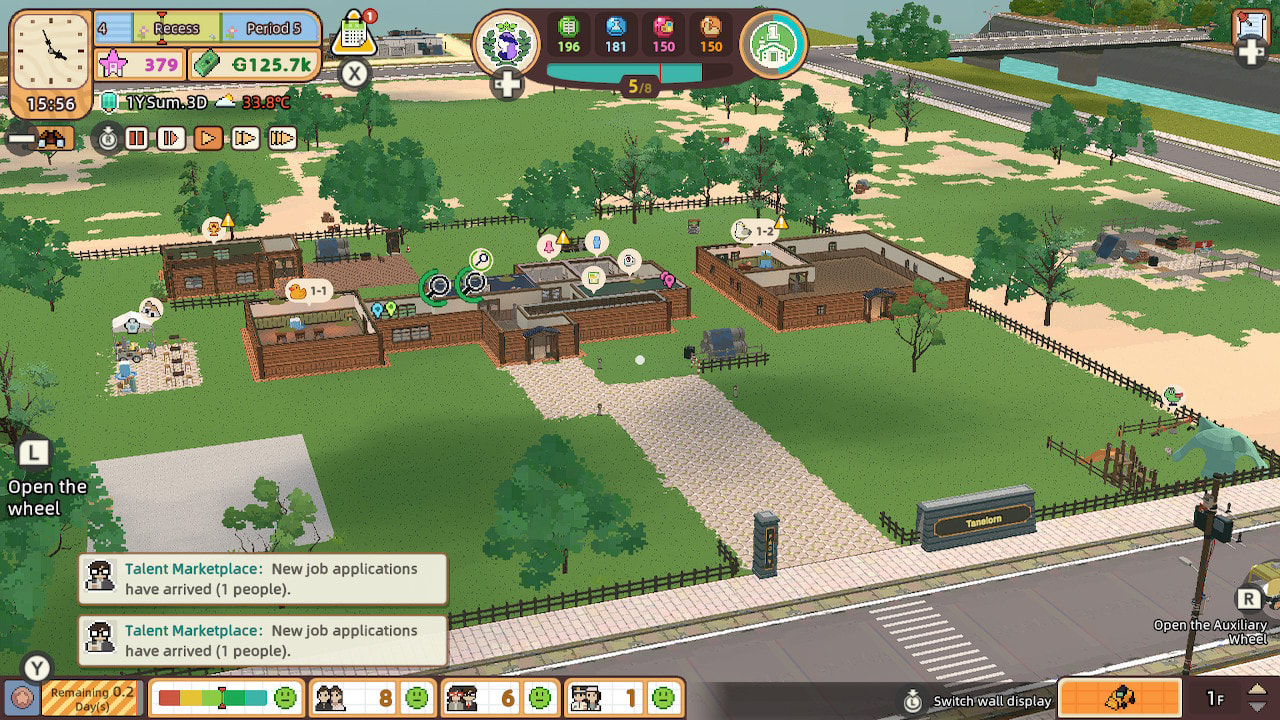


 RSS Feed
RSS Feed